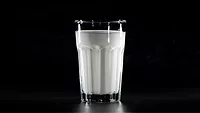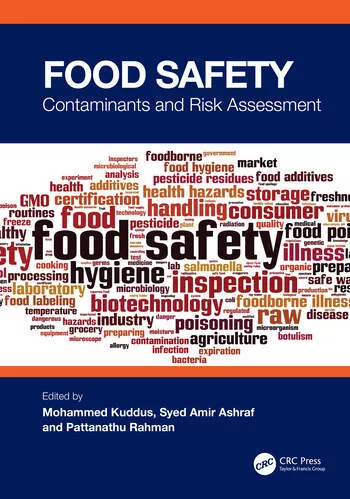No More Bad Apples: Researchers Use UVC Light to Inactivate Fruit Pathogens
Researchers at Washington State University (WSU) have discovered that the use of ultraviolet C (UVC) light is effective in prohibiting foodborne pathogens from contaminating some fresh fruits.
The study came about after one safety specialist at WSU became aware of organic farmers’ lack of options regarding sanitizers for their crops. After pondering a few alternatives, UVC light seemed to be the most promising work around because it has a shorter wavelength than ultraviolet A or B light.
UVC light “has germicidal properties and can be effective against bacteria, mold and viruses.” says Shyam Sablani--a safety specialist at WSU who spearheaded the study. UVC light also cannot penetrate opaque or solid objects like fruit, which makes it more effective for sanitizing those surfaces without affecting the chemical or physical quality of the fruit.
Sablani’s study looked at UVC light’s effect on apples, pears, strawberries, raspberries and cantaloupe--each with varying levels of light to see how each worked against strains of Escherichia coli and Listeria.
Some of the findings included:
- Up to 99.9 percent of pathogens on apples and pears were inactivated
- Listeria was more resistant to the UVC light than E. coli
- UVC light works best on fruit with smooth surfaces; rough surfaces make nooks where pathogens can hide from UVC light
- Pathogens on fruit with rougher skin were inactivated 90 percent of the time
The positive findings are a plus for organic fruit producers who are constantly looking for alternatives that are in line with requirements under the Food Safety Modernization Act. The same use of UVC light has been used in the past for sanitizing food contact surfaces, drinking water and contaminated air.
Sablani says that additional research will be conducted to see what else can be done to better deal with pathogens on rough fruit surfaces.
The study was partially funded by a grant from the Biological and Organic Agriculture program of the WSU Center for Sustaining Agriculture and Natural Resources. The full study has been published in the International Journal of Food Microbiology.
Looking for quick answers on food safety topics?
Try Ask FSM, our new smart AI search tool.
Ask FSM →








